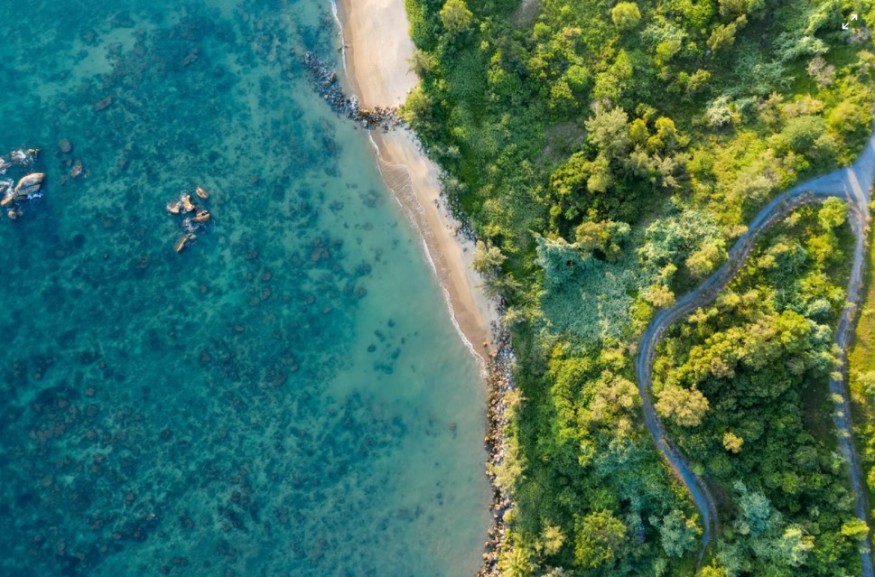Polynesia, an island in Oceania, has had series of extraordinary voyages across one third of the world's ocean. Scientists traced back the sequences that settled in these islands to 'unravel the detailed genetic history of this vast, dispersed island network'.
Several centuries had passed since these separate groups of people set out from tiny islands and constructed a Polynesian migration sequence. Archipelagos thousands of miles apart but all home to similar ancient statues.
"These statues are only on those islands that are closely connected genetically," said lead author Alexander Ioannidis of Stanford University.
Mapping the first Polynesians' path of settlement

The team used genome-wide data from only 430 individuals in 21 different Pacific island modern populations in Polynesia. The genome-wide analysis "reveals a serial founder expansion, characterized by directional loss of variants", the authors wrote.
It originated in Samoa, first spreading to the Cook Islands, then widely separating megalithic statue-building cultures of the Marquesas, Islands in the north, Raivavae in the south, and the easternmost of the Polynesian islands - Easter Island. Hence, Easter Island's famous megaliths are genetically connected with islands thousands of miles to the north and west.
Without the modern DNA analysis, Polynesians' path of settlement could have remained unknown, which significantly covered between the years 830 and 1360. Morever, the study notes that the rapid expansion that included up to 17 generations also "outpaced major changes in language or culture that could have served as markers.
"This had been an open problem since Captain Cook first noticed that the people on the Polynesian islands were all speaking the same language," Ioannidis said.
"It is from the small, long-overlooked sand-bar islands of Tuamotu that the most ambitious forays set out," explained the author. Thanks to their role as nuclear test grounds, Tuamotus is now 'sparsely-populated' and span an area equal to the distance between England and Greece.
Historical clues in modern DNA
Earlier DNA-based findings also showed that Native Americans - probably from the northwestern coast of South America - and Polynesians lived together for around the year 1200. This implies that Polynesian populations have mixed heritage, with traces of Europe, Africa and other places in their ancestry.
"The date we found for that contact is very close to the dates we find for these voyages out from the Tuamotus to settle these remote islands," Ioannidis said.
The team was able to collect telltale sequences buried in modern DNA, aside from ancient DNA samples unearthed from archaeological sites. This is to distinguish recurring gene patterns specific to Polynesians from DNA sequences associated with European or other ancestry. Otherwise, "you would just find that the islands with the 'most Polynesian' DNA were more related," Ioannidis explained. "That's not interesting from a historical perspective."
These ancient genetic clues somehow pictured a family tree of the generations passed between each settlement across Pacific islands from east to west.
© 2025 NatureWorldNews.com All rights reserved. Do not reproduce without permission.





